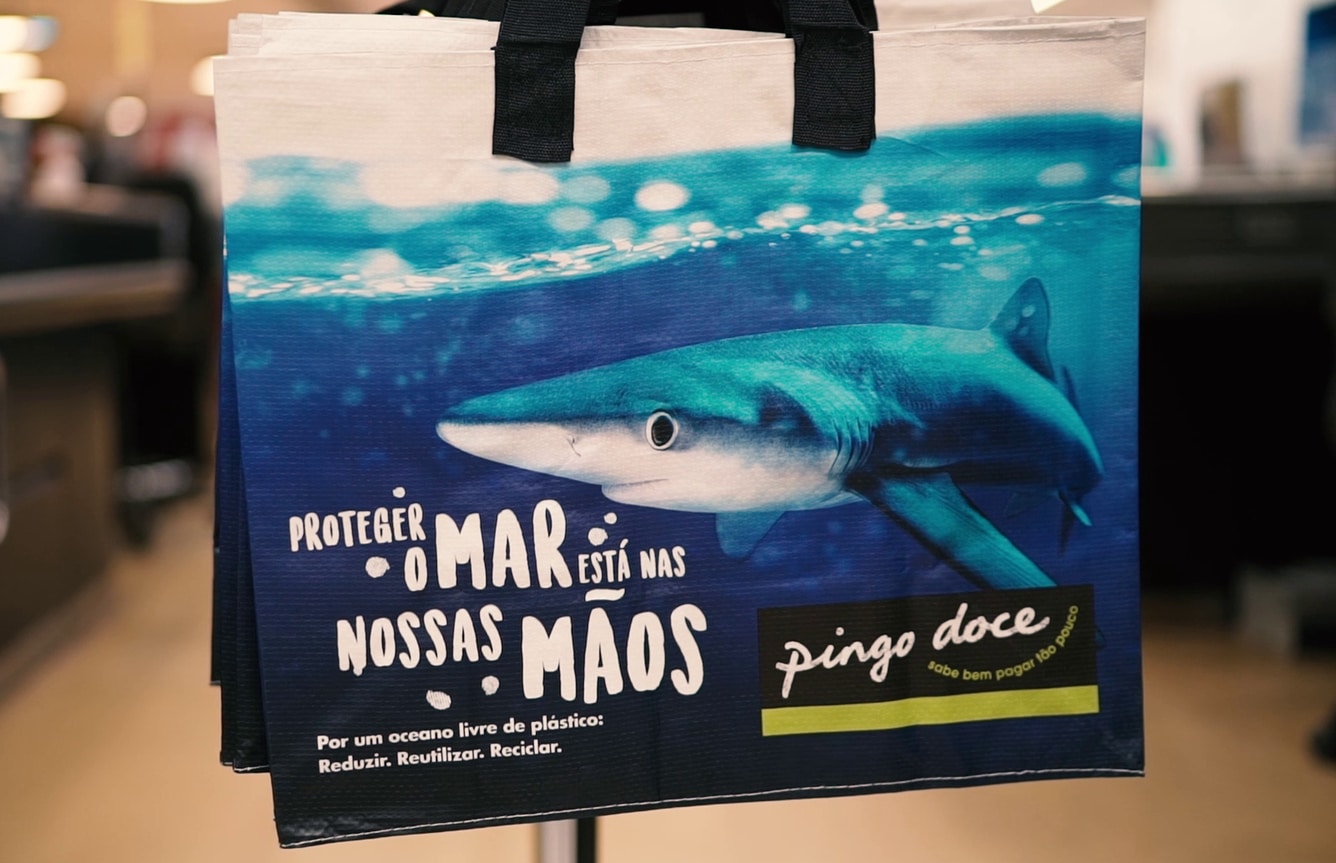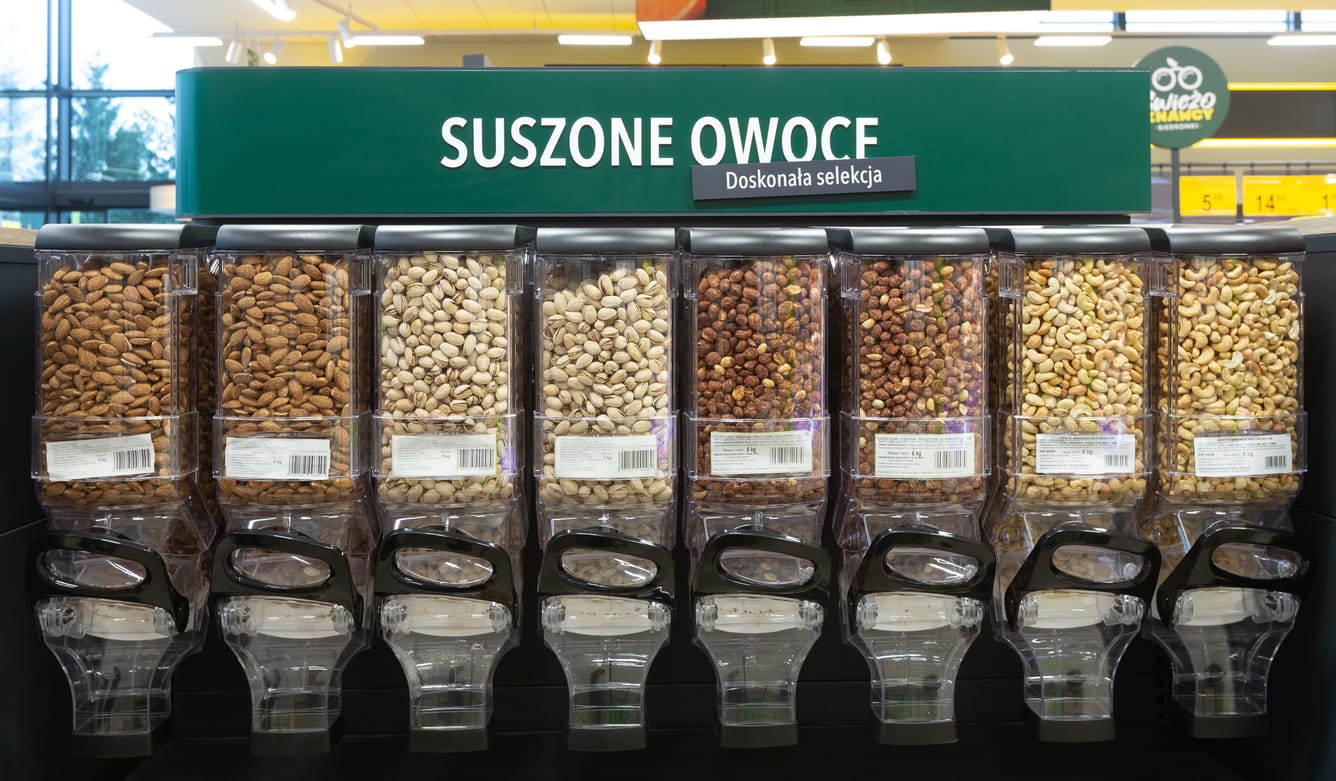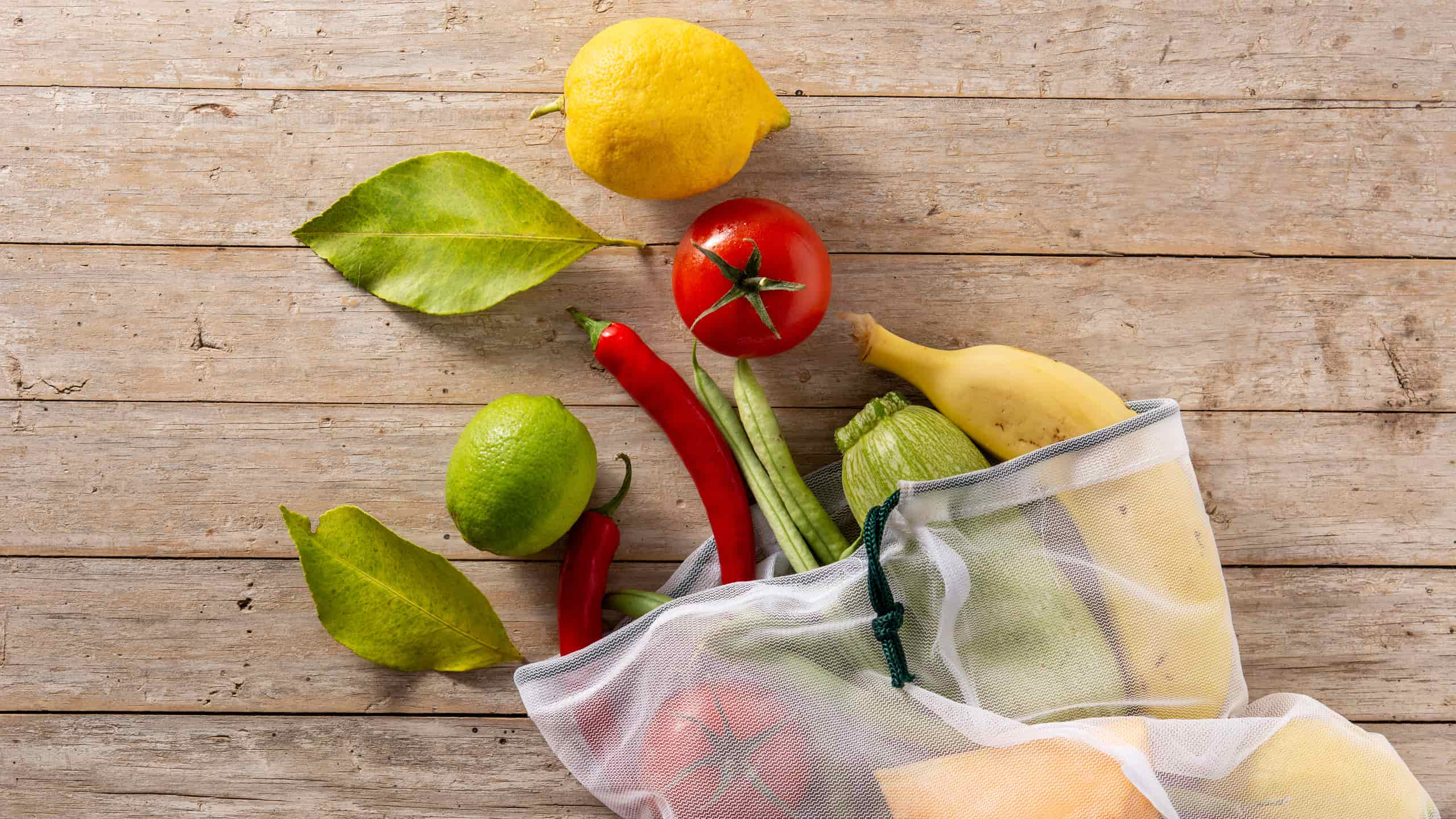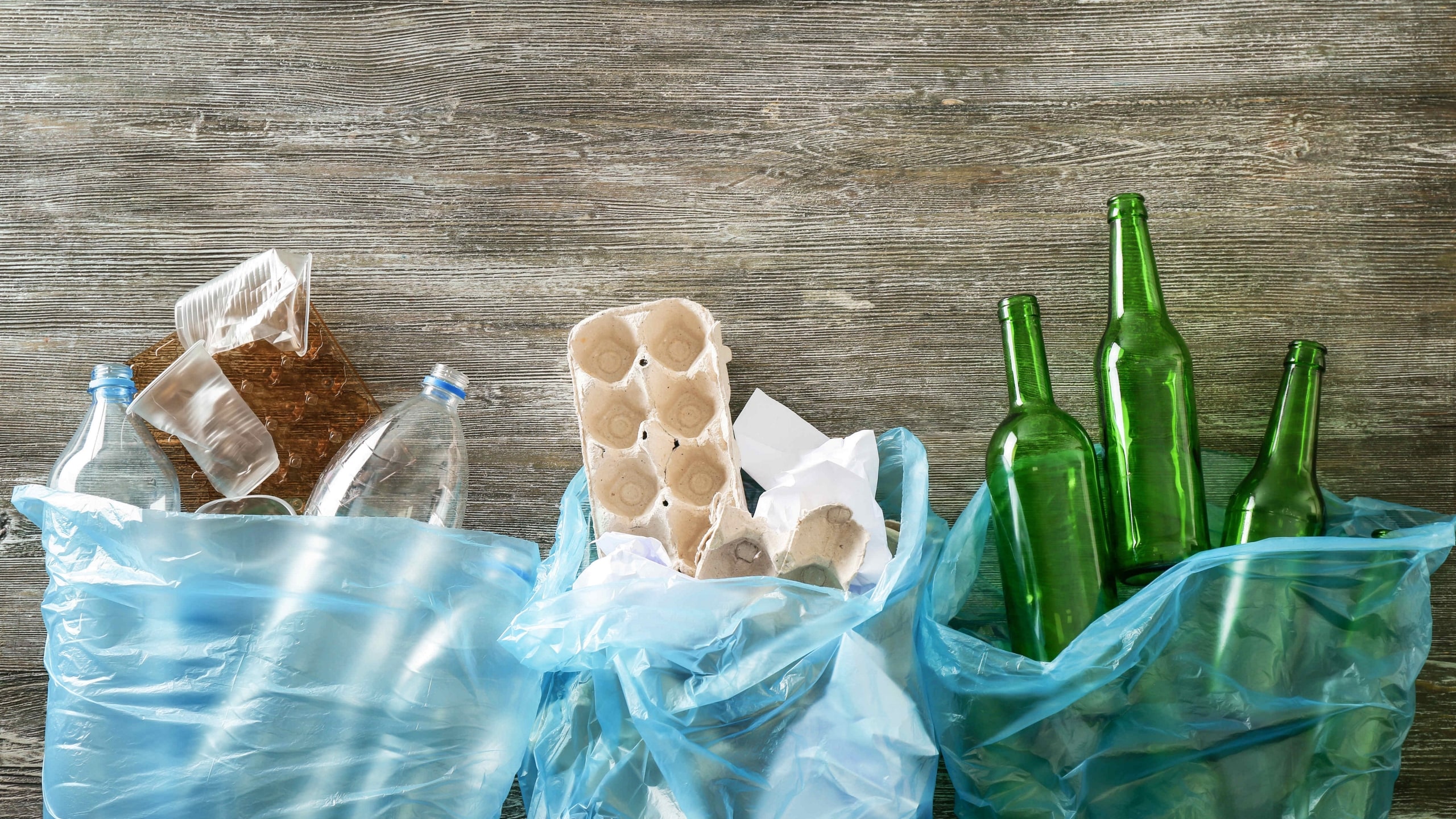What is zero waste and how to make the most of it?
The zero waste movement is focused on the reduction of the waste generated by everyday activities, promoting a better use and proper channelling of organic waste and recyclable residues.Indeed, this movement shifts the focus from the management of waste to the reduction of waste. And, naturally, if less waste is generated, less waste needs to be handled and disposed.
By now, you must be thinking “Easier said than done”. It is difficult to break out of old habits. But do not worry, we offer you a beginner’s guide for shopping, that will help steer your life into a more sustainable one, with the least waste possible. The ultimate goal is, of course, zero waste.
Shopping without generating waste: a mission for zero waste
Shopping at the supermarket is almost always a synonym of wasteful packaging and food waste. This is what you can do towards a zero waste shopping experience:

-
Saying goodbye to disposable bags
Plastic bags have been taxed more heavily for some years now. Even so, there is always someone who forgets their reusable bag when shopping. Make a habit out of keeping a reusable bag in the bottom of your handbag or backpack, be it a tote, a mesh, or a recycled PET bag – and this way you’ll always be prepared. If you really need to buy an extra bag, keep in mind to reuse it as many times as possible.
-
Planning ahead
Planning your trips to the shops is very important. This is because, without a shopping list, it is quite easy to forget something or to overbuy something without thinking about food waste. As such, it is essential to make not only a shopping list but also a meal plan. Zero waste does not only refer to “rubbish”, but also to food waste.
Making the right purchase and planning the meals we cook are the first two steps to fight food waste.
-
Choosing reusable and recyclable
Choose reusable items like cups, bottles, thermos flasks, bags, totes, picnic cutlery, travel containers, among many others. Along with protecting the environment, you can even give your travel mug or tote bag a personalised touch. To keep the cycle going towards zero waste it is important to also choose recyclable packaging – and to make sure of it, check the label or the bottom of the product.

-
Buying in bulk
This might feel like a trip down memory lane, when we remember our mothers and grandmothers buying fruit, olives, cheese, and nuts in bulk. There are already many options for those who prefer to buy in bulk at supermarkets, so be sure to use them. From fruits to veggies, to meat and fish, never forgetting beans and pulses and water (have you heard of ECO?), try to go for the bulk option. This is how you cut down on packaging waste.
-
Refilling and restocking
You have surely already seen refills of hand soap, cleaning products, toiletries, and beauty products. There are indeed many brands that promote refills for a lower price. Buying the refill only, as opposed to a new product, allows to reduce the amount of plastic you buy every time you shop. It is good for the environment and good for your purse.
-
Eco-friendly packaging
Have you heard of packaging eco-design? If not, it is time to get to know it. That washing-up liquid bottle that got slightly different did not undergo a purely aesthetic transformation. It is now made from plastic recovered from marine litter, that would end up feeding the garbage patches in the oceans. The cotton buds you buy at Pingo Doce and Biedronka stores have now its handles made of rolled paper, a biodegradable material, instead of plastic.
Packaging eco-design is the result of the team effort of engineers and designers, which makes packaging (and even the products themselves) more eco-friendly. Get to know the behind the scenes of eco-friendlier packaging production.


